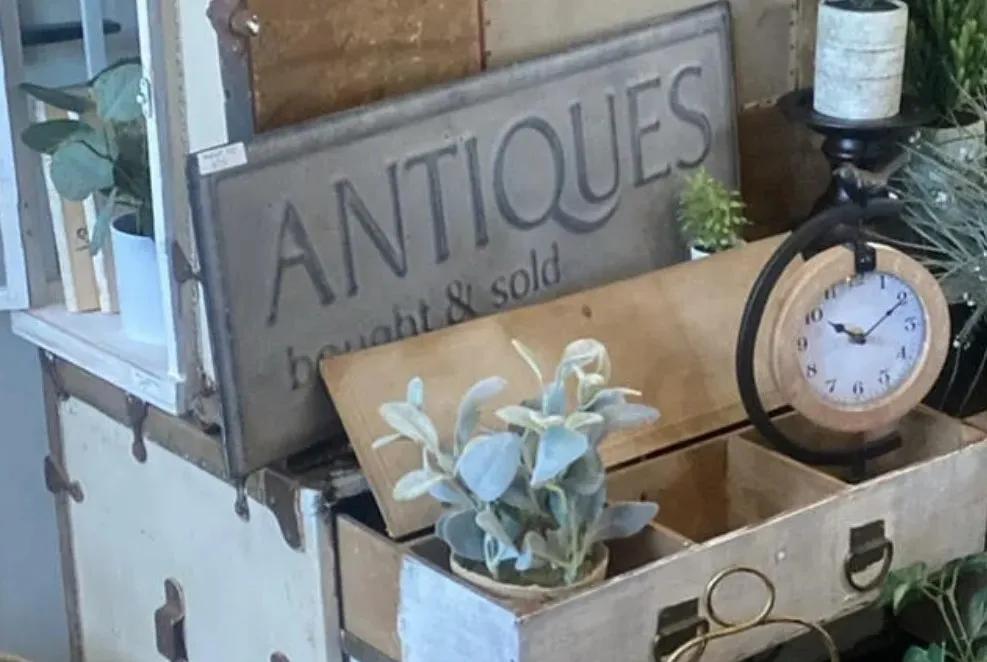The moral hazard: startup to steady-on
Moral Hazard: Lack of incentive to guard against risk when one is protected from it, i.e. fire, auto, health insurance.
The MGM Grand audience gasped when Sarah Guyard-Guillot, 31, fell during the conclusion of Cirque du Soleil’s “Ka” finale in Las Vegas. The investigation blamed a lack of proper training. She died when the wire rope came out of its pulley because of her “rapid ascent.”
We don’t give trophies at the pop of the starting gun. The sugar-high announcement of the start-up deserves no reward. Yet, there’s something good and right about brave people taking calculated risks and maybe being rewarded. That risk just might crack open a door, teasing us with tantalizing glimpses of success. That door is best opened wide for all parties to peek inside, sharing in both reward and risk.
SPONSORED CONTENT
The moral hazard is clear where rewards should go, but not who will “eat it” when things get nasty. Athletes know who’s at risk. Race car drivers are quite clear on who’ll get hurt in a crash. Every Cold War spy knew who would eat it if they got caught. The startup takes money from others and participates in the reward — not always the consequences. The “steady-on” takes little or no money but pays for their existence with every consequence. The former is swimming in moral hazard; the latter still has everything to win or lose.
Luckier than Sarah Guyard-Guillot, instead of blunt force to the body, my leg hit the ground while the rest of me kept moving. The right knee dislocated like a chicken bone yanked out of the socket. Scalpels, metal pins and a year in France were still not enough to revive my hope of being an Olympic gymnast. Unlike using someone else’s money; spotting ropes and crash pads made for a false sense of reduced risk.
Ayrton Senna and Jochen Rindt shocked the racing world grown limp to risk because of safety harnesses, flameproof undertrousers, computer models and union safety demands. Their Formula One crash deaths indicted the new alloys, warning systems, synthetic materials, padded steering wheels and consultants who designed tracks for speed yet maximum safety. These were steady-on drivers, accepting that consequences might u-turn back upon them.
Insulation from risk breeds a serial start-up mentality allowing some to skip the brutal purge of the iron maker’s fire. Don Henley said that every generation throws a hero at the pop charts, “trending” novelties bubble-wrapped against failure. This classic moral hazard gets a credit card while someone else gets the bill.
I applaud the steady-on who looks up from his workbench or her assembly line to catch the news of another startup receiving gobs of cash. The weary steady-on asks, “Didn’t he do that two years ago?” The news continues with the grinning, miked-up, t-shirt-clad hero describing how this is different from the last venture. The scenario reminds me of how my college gymnastics coach taught us never to give up by moving on to something easier or more prone to success: steady on. Not a word to the audience about how my busted ankle, held together with white athletic tape, brought the level of my performance down a notch. No excuses, no quitting, no moral hazard insurance. Steady on.
The minute Francis Gary Powers entered Nikita Khrushchev’s Soviet air space, his superpower insurance vanished. On his own now, he carried a poisoned scratch pin hidden inside a silver dollar. As his U-2 spy plane tumbled from that 1960 U.S.S.R. sky, he carried a way to avoid torture and betrayal of state secrets. He chose to take the consequences, leading to capture, a spy exchange and release. Powers died 17 years later in a KNBC News helicopter crash.
Rick Griggs is the inventor of the rolestorming creativity tool and founder of the Quid Novi Innovation conference. Contact him at rick@griggsachieve.com or 970.690.7327.
The moral hazard: startup to steady-on



